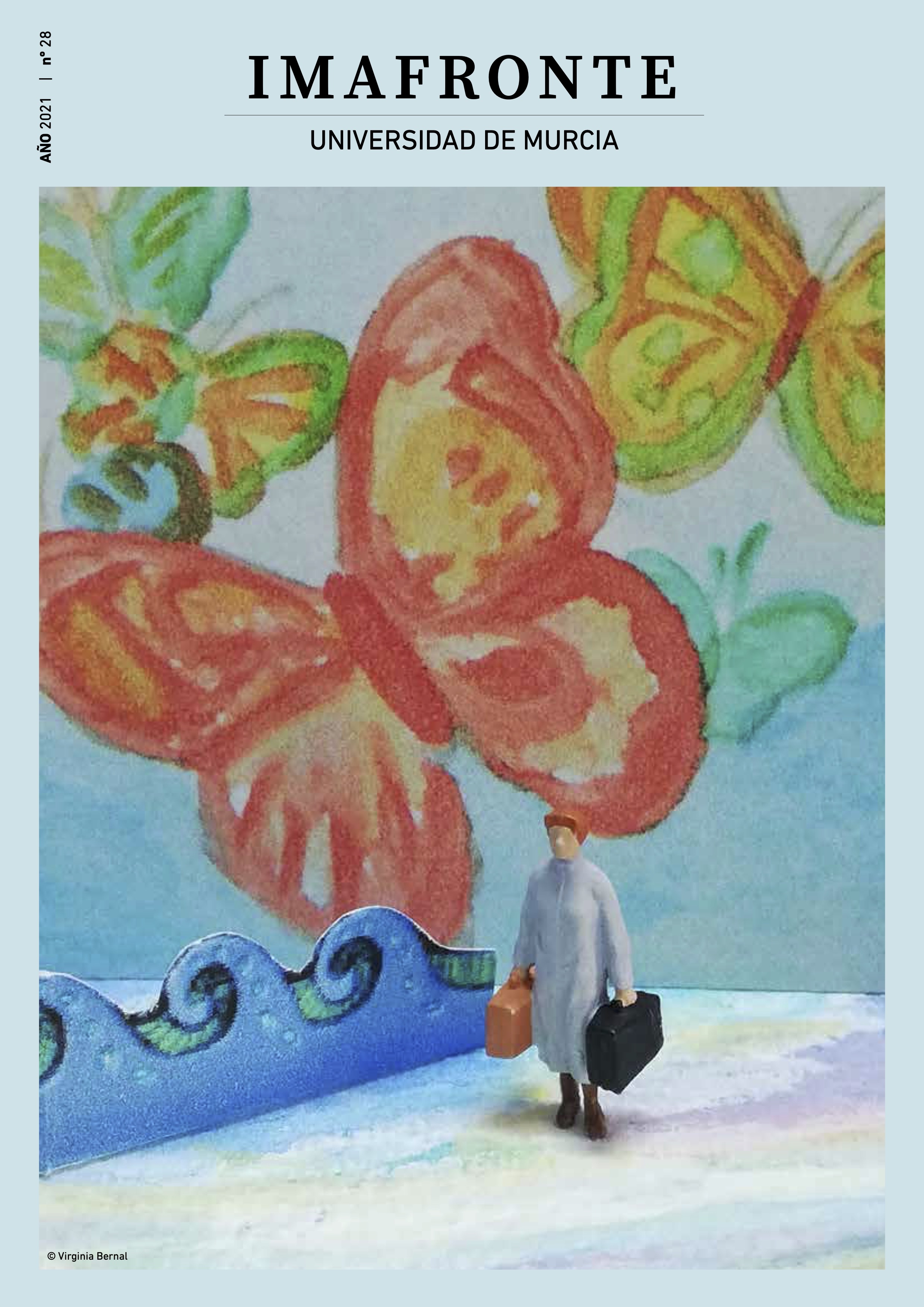Iconography of hands in renaissance painting
Abstract
Renaissance style of painting reflects all types of plastic design principles, approaches and understanding as a standard character of historical, political, religious, cultural, and economic features of that era. Disposing of unadulterated strict and church focused kind of perspective, Renaissance artists practically start to look on nature, science, literature, philosophy, and obviously human anatomy in a different set of minds. Reasonable, balanced, scientific and logical portrayal of human life leads painters to focus closer on pieces of the human body. Aside from the faces of the figures, hands become essential body parts to hold a mirror to the interior universe of the figures. They were included within the iconographic program such mirrored the emotions and contemplations of the figure, and the connection among figures and objects. In this study, an examination through various Renaissance paintings will shed light on how the painters like Giotto, Da Vinci, Michelangelo, Francesca, and more utilized the portrayal of hands as an apparatus and as a language of their creative purposes. Thusly, an iconography of hands in Renaissance painting will be manifested.
Downloads
-
Abstract2835
-
PDF821
-
EPUB80
References
Alberti, L. B. (1966). On Painting. New Haven and London: Yale University Press.
Bambach, C. C. (1999). Drawing and Painting in the Italian Renaissance Workshop: Theory and Practice, 1300-1600. Cambridge: Cambridge University Press.
Bremmer, J. N. & Roodenburg, H. (1991). A Cultural History of Gesture: From Antiquity to the Present Day. Ithaca, N. Y.: Cornell University Press.
Çetin, H. T. (2018). Hands in Painting as Form of Criticism [Master’ Thesis, Hacettepe University Fine Arts Institute]
Gönüllü, A. B. (2017). “Comparison of Painting and Poetry in Ancient Times and Renaissance”. The Journal of Social Science, 4, (10), 228-235.
Hartt, F. & Wilkins, D. G. (2011). History of Italian Renaissance Art: painting, sculpture, architecture. Upper Saddle River: Person/Prentice Hall.
Keele, K. (1964). “Leonardo Da Vinci’s Influence on Renaissance Anatomy”. Medical History, 8, (4), 360-370.
Lazzeri, D., Xi, W., Zhang, Y. X. & Persichetti, P. (2014). “A Systematic Reappraisal of the Fifth Finger in Renaissance Paintings”. Journal of the Royal Society of Medicine, 107, (12), 474-479.
Lazzeri, D., Nicoli, F. & Zhang, Y. X. (2019). “Secret Hand Gestures in Paintings”. Acta Biomed, 90, (4), 526-532.
Maltaş, M. Ş. (2019). “Linear Perspective in the Context of a New Art with Mathematical Content During the Renaissance”. The Journal of Social Sciences Institute, 44, 223-238.
Martinez-Lage, J. F., Piqueras, C & Perez-Espejo, M. (2014). “The Human Body Through the El Creco’s Eyes”. Child’s Nervous System, 30, 1471-1474.
Öndin, N. (2016). Rönesans Düşüncesi ve Resim Sanatı. Istanbul: Hayalperest Yayınevi.
Plato. (1980). Meno (G. M. A. Grube, Trans.). Indianapolis, Indiana: Hackett Publishing Company.
Sardenberg, T., Pereira, G. J. C., Biancardi, C. S. C., Müller, S. S. & Pereira, H. D. R. (2002). “Evolution of Representation of the Hands in Plastic Arts”. Acta Ortopedica Brasileira, 10, (3), 15-24.
Sevil, T. (2008). Commenting of Human Anatomy Through the Genres in Renaissance And Baroque Painting Arts [Master’ Thesis, Dokuz Eylül University Faculty of Education].
Şenyuvalı, G. (2001). Expressive Portaits [Master’s Thesis, Mersin University Social Science Institute].
Weisz, G. M. & Albury, W. R. (2017). “Hand Deformities in Filippino Lippi’s Magrini Alterpiece (c. 1482)”. Rheumatology International, 37, 1937-1941.
Welch, E. (2008). “Art on the Edge: Hair and Hands in Renaissance Italy”. Renaissance Studies, 23, (3), 241-268.
Copyright (c) 2021 Caner Turan

This work is licensed under a Creative Commons Attribution-ShareAlike 4.0 International License.
1. The authors non-exclusively assign the exploitation rights (reproduction, distribution, communication and transformation) to the magazine.
2. The works published in this magazine are subject to the Attribution-ShareAlike 4.0 International license (CC By SA 4.0). Therefore, they can be copied, used, disseminated, transmitted and publicly displayed, provided that:
i) the authorship and the original source of its publication (journal, editorial and URL of the work) are cited, thus allowing its recognition.
ii) it is allowed to remix, transform or create from the material while maintaining the same license as the original.

3. Self-archiving conditions. Authors are allowed and encouraged to electronically disseminate the pre-print (version before being evaluated) and/or post-print (version evaluated and accepted for publication) versions of their works before publication, as it favors their publication. Earlier circulation and diffusion and with it a possible increase in its citation and reach among the academic community. Color RoMEO: verde.






















